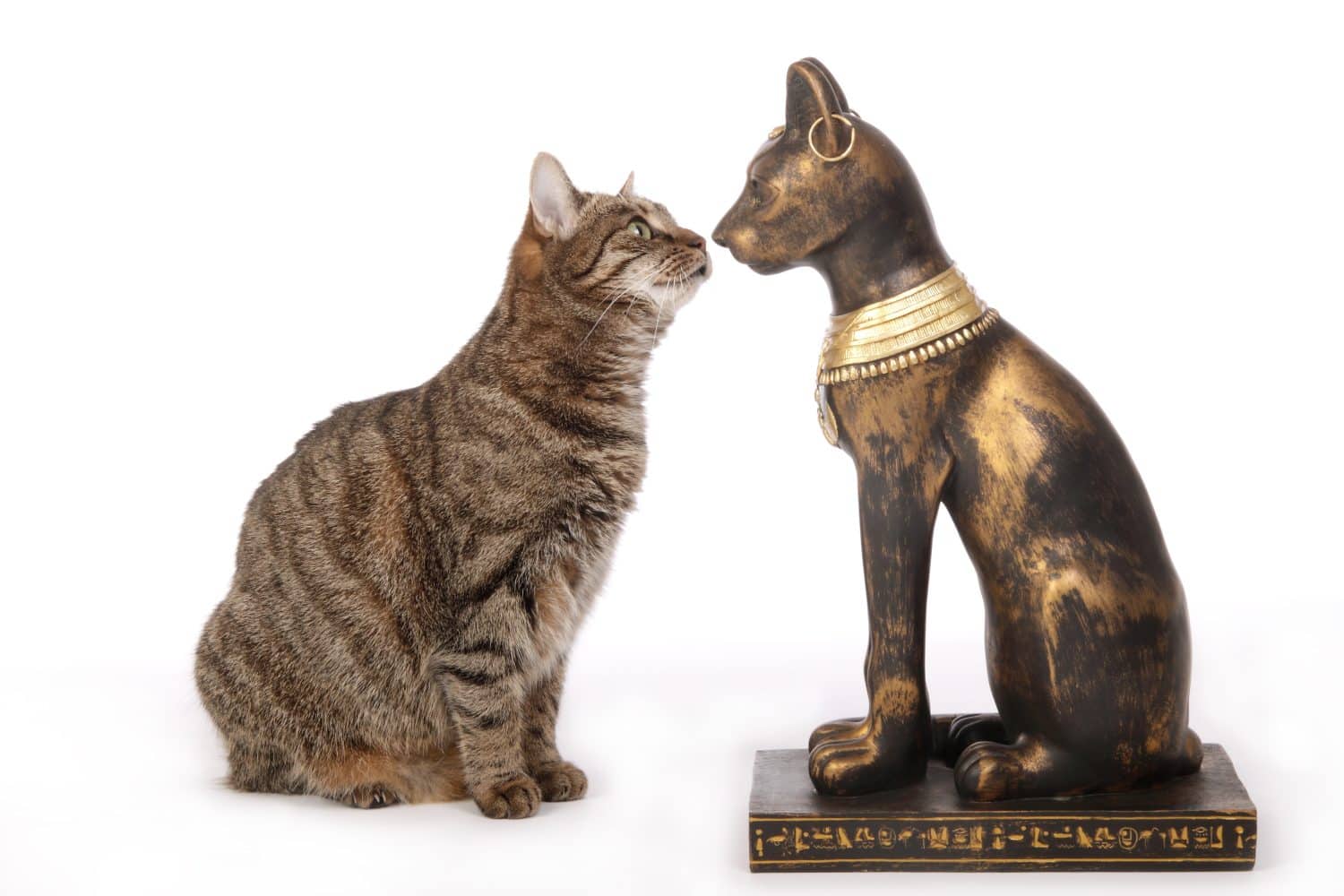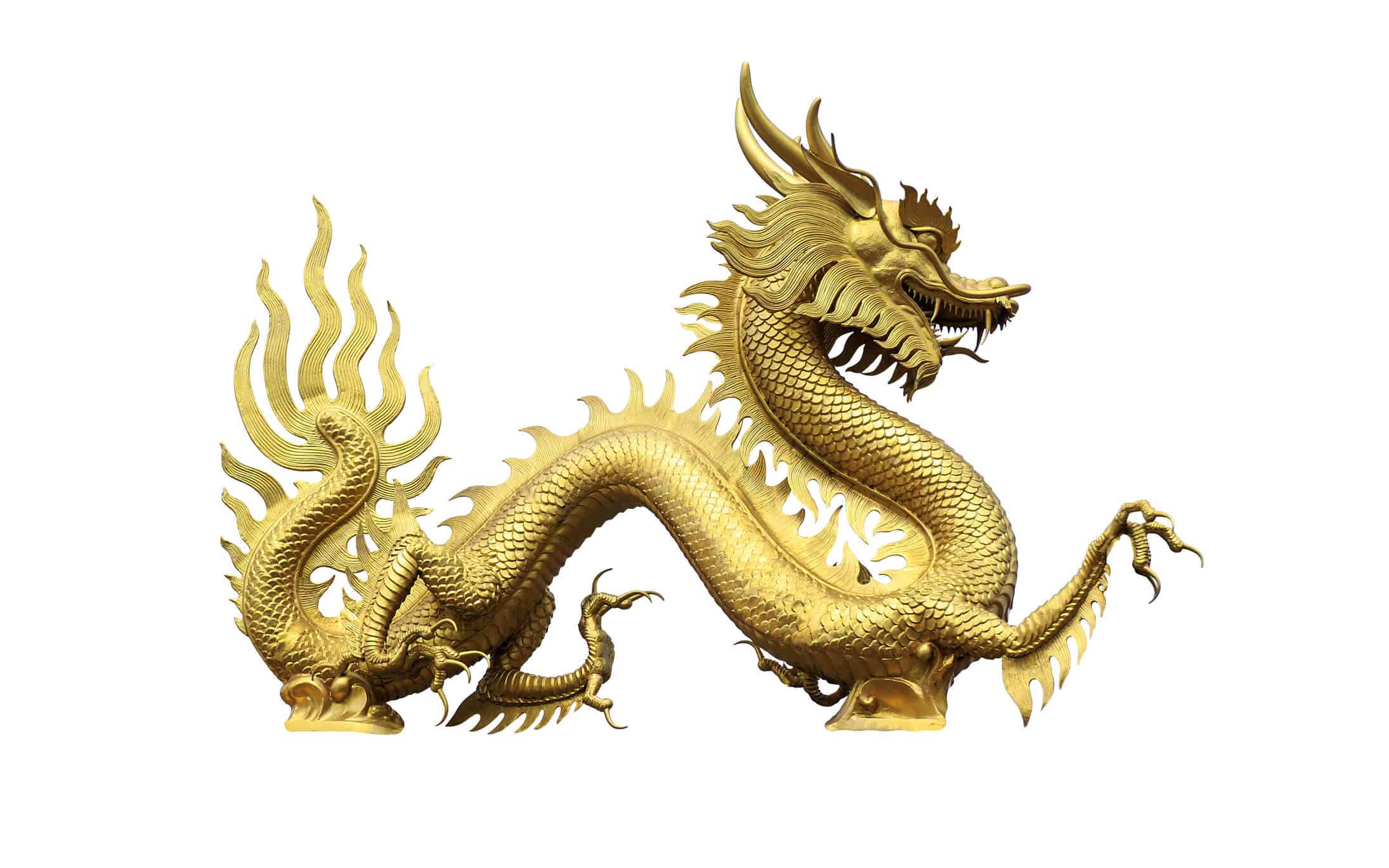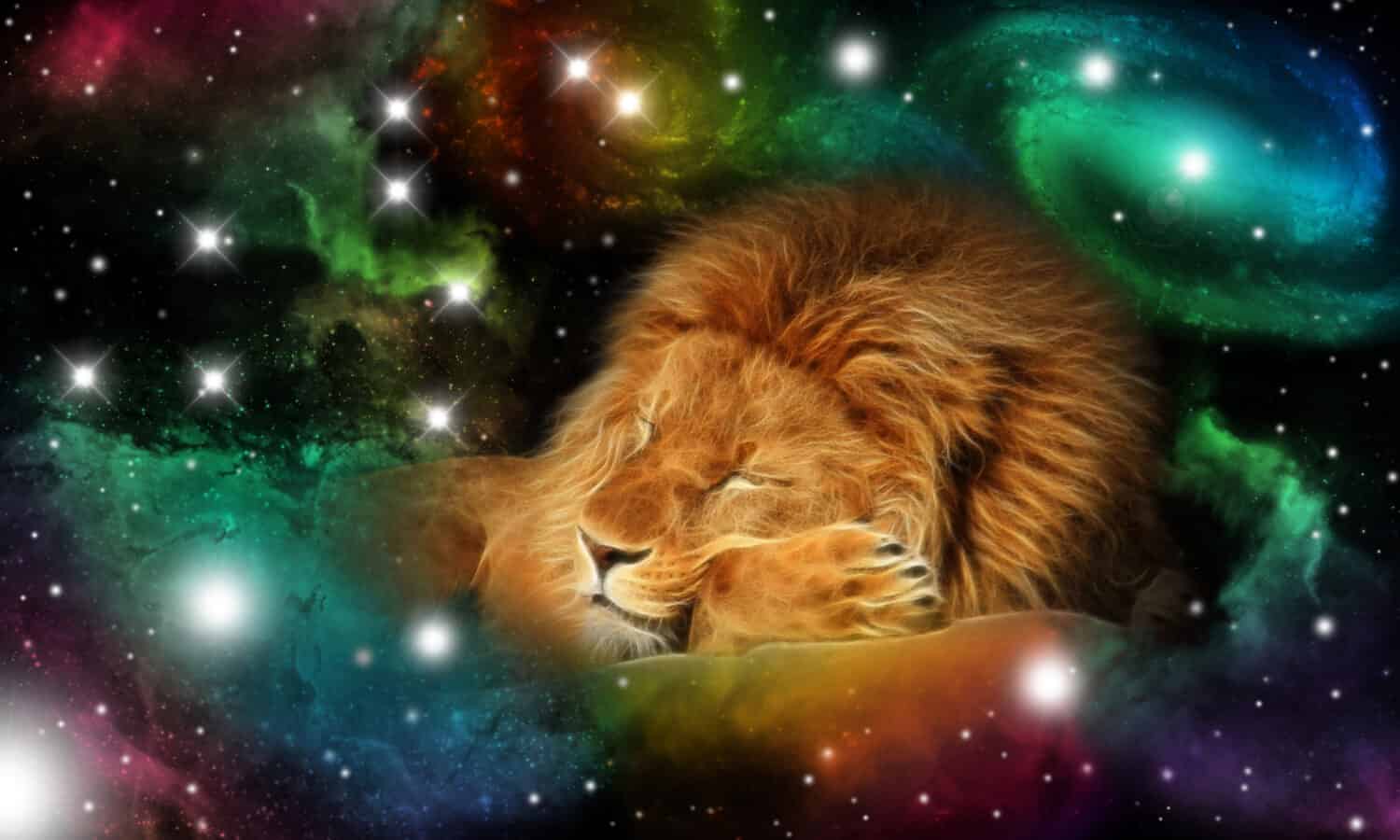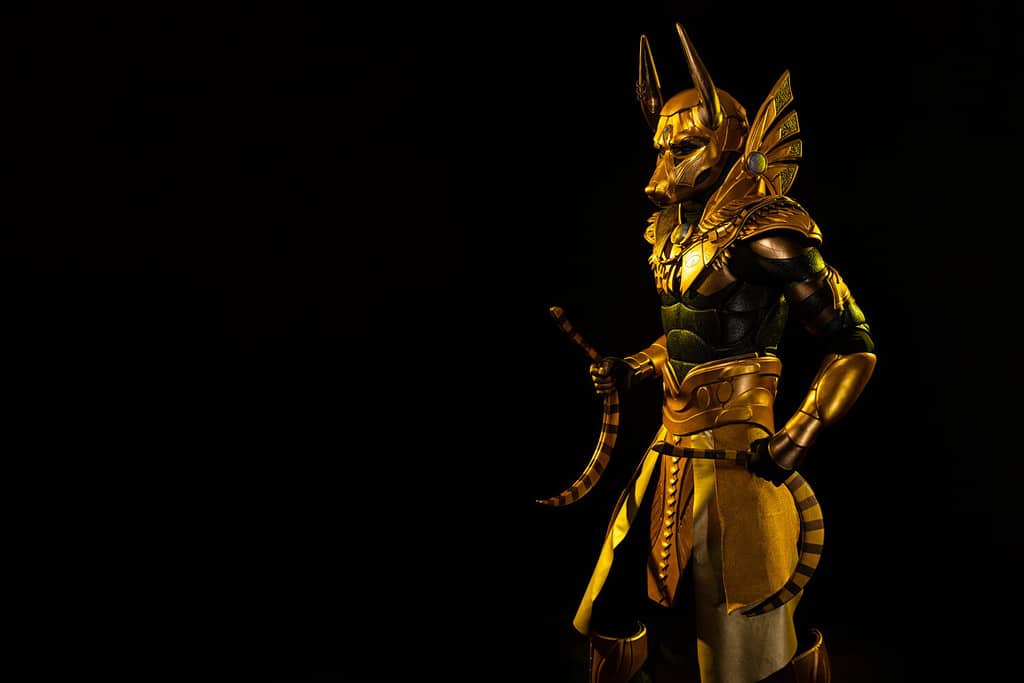Many cultures of the world have attached spiritual significance to certain animals. Some have even worshipped them or made sacrifices in their honor. Here are some of the holiest animals from ancient times to the present. Do any of these creatures have qualities you admire?
1. Cat (Ancient Egypt and Islam)

Egyptians associated cats with good health and good luck.
©mariesacha/Shutterstock.com
One of the many deities of ancient Egypt was Bastet, the goddess of protection, pleasure, and good health. She had the head of a cat and the body of a human woman. Egyptians associated cats with royalty, who reportedly dressed their cats in clothes and jewels. According to legend, Queen Cleopatra had a favorite cat named Tivali.
Cats are also highly regarded in Islam, though no animals are worshipped in that religion. Muslims consider cats clean animals, suitable as pets, and allowed to wander into mosques. Muhammad had a cat named Muezzah. If the cat was sleeping on his cloak, rather than disturb it, the prophet would go out without a cloak. Modern cat owners can certainly identify!
2. Cow (Hinduism)

Cows are sacred in Hinduism as valuable, life-giving creatures.
©SimonHS/Shutterstock.com
For millennia in India, cows have been one of the most important animals sustaining human life. They could plow fields, pull wagons, and carry loads. When dried out, their dung was burned for fuel. And of course, they provided an endless source of milk. Hindus revere them as a representation of Aditi, the mother of all the gods. Every year during the holiday of Gopastami Hindus wash cows and decorate them with garlands of flowers. Killing a cow is a great taboo to most Hindus.
3. Dove (Judaism, Christianity, Islam)

A dove with an olive branch is a widely recognized symbol of peace originating in Judaism.
©LittlePerfectStock/Shutterstock.com
Doves are significant in Judaism, Christianity, and Islam with different nuances in each. All three faiths share the story of Noah, who saved his family and pairs of all the animals of the world in an ark during a catastrophic flood. After the boat comes to rest, Noah releases a series of birds to determine the conditions outside. When a dove brings back an olive branch, Noah realizes the Earth is returning to life and it is safe to leave the ark. Doves were also permitted as sacrifices in the Jewish religion for people who could not afford to bring a more valuable animal, like a lamb.
In Christianity, the dove represents the Holy Spirit who, along with the Father and Jesus the Son, is one of three distinct divine consciousnesses that make up the one Trinity. The Bible reports that the Holy Spirit descended on Jesus at his baptism in the form of a dove (Luke 3:22).
The dove also represents the spirit of God in Islam, but not in the sense of a part of a trinitarian God as in Christianity. Muslim people believed doves were messengers who helped communicate God’s will to Muhammad.
4. Dragon (Chinese Spirituality)

The Dragon was a traditional totem animal of the Chinese nation.
©iStock.com/puwa2827
Yes, we know the dragon is not a real animal. But this mythological creature was so strongly a part of traditional Chinese spirituality dating back 6,000 years or more, we decided to include it. Rather than ferocious fire-breathers, Chinese dragons were benevolent, strong, and protective. They had power over typhoons and floods. The Chinese emperors claimed to be descended from them and decorated their palaces and their soldier’s shields with images of them for good luck and protection. To this day, traditional festivals honoring the dragon god are a part of Chinese cultural events around the world.
5. Elephant (Hinduism)

Ganesha is one of the most popular deities of Hinduism.
©B Creativezz/Shutterstock.com
In ancient India, elephants were important animals for agriculture, construction, and warfare. They could knock down trees to clear land for fields, haul and lift heavy loads, and wreak havoc trampling formations of enemy armies. In Hindu mythology, the elephant-headed god Ganesha is the “remover of obstacles.” He is one of the most worshipped deities in Hinduism. He is pictured as a benevolent, jovial character who brings good luck and removes hindrances to new endeavors, such as the start of a business or the building of a house.
6. Lion (Buddhism, Christianity)

Lions have spiritual significance in Buddhism and Christianity.
©pixfix/Shutterstock.com
Many cultures revere lions as symbols of power and authority, typically associated with royalty. Lions have special significance as religious symbols in Buddhism and Christianity, however. In Buddhism, the lion is the protector of the Buddha. Lion statues are often used as sculptures at the entrances to Buddhist temples in China, often mistaken as dogs by Western visitors.
In Christianity, the lion has the unusual distinction of representing both good and evil. One of the titles used in the Bible for Jesus is “the lion of the tribe of Judah” (Revelation 5:5) – a reference to his ancestry in the royal tribe of Israel. However, the devil is also referred to as a “roaring lion, looking for someone to devour” (1 Peter 5:8). This makes the lion an enigmatic creature in Christianity, both admired and feared.
7. Jackal (Ancient Egypt)

Egyptians hoped that Anubis, the jackal-headed god, would judge them fairly in the afterlife.
©TanitaKo/Shutterstock.com
Egyptians saw jackals roaming around cemeteries, digging up decomposing bodies. This was horrific to them because they believed the body needed to be preserved for the next life. This is how the worship of Anubis, the jackal-headed god, began. Anubis was the protector of the dead who would judge their souls on a scale and escort them to the afterlife.
8. Sheep (Judaism, Christianity, Islam)

Lambs and adult sheep are highly symbolic in the three main monotheistic faiths.
©iStock.com/Filip_Krstic
Sheep have special significance in the Abrahamic religions as they were part of the highly symbolic sacrificial system that influenced all three religions. In Judaism, sacrificing and consuming a lamb commemorated Passover, when God freed the Jewish people from slavery in Egypt. Lambs were offered at various times as sin offerings.
Christianity abolished the animal sacrifices of Judaism, but extended the symbolism of the lamb as a sin offering to Jesus, who was said to be “the lamb of God who takes away the sins of the world” (John 1:29)
In Islam, the sacrifice of a sheep or other suitable livestock takes place during the holiday of Eid al-Adha. This is to commemorate an event in the life of Abraham when he was willing to sacrifice his son to God but was allowed to substitute a sheep instead.
The photo featured at the top of this post is © Aleksandar Todorovic/Shutterstock.com
Thank you for reading! Have some feedback for us? Contact the AZ Animals editorial team.






